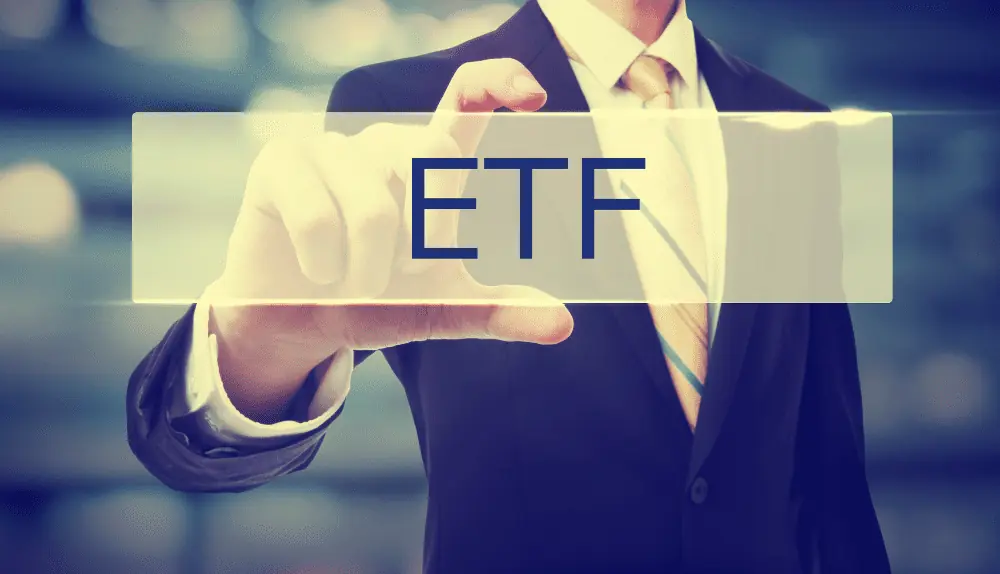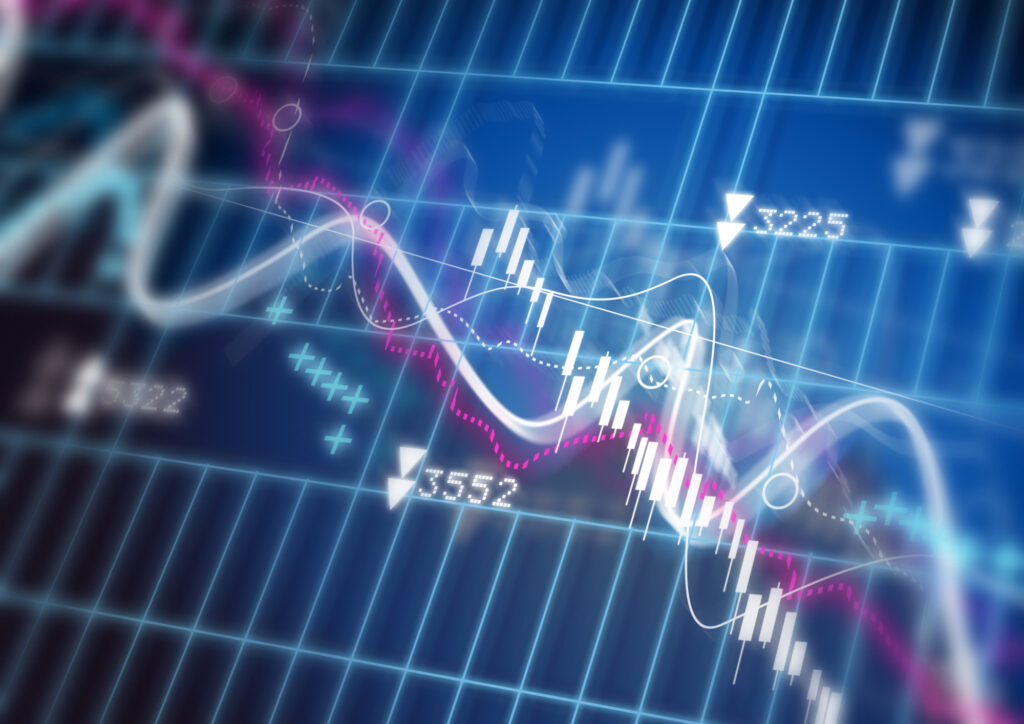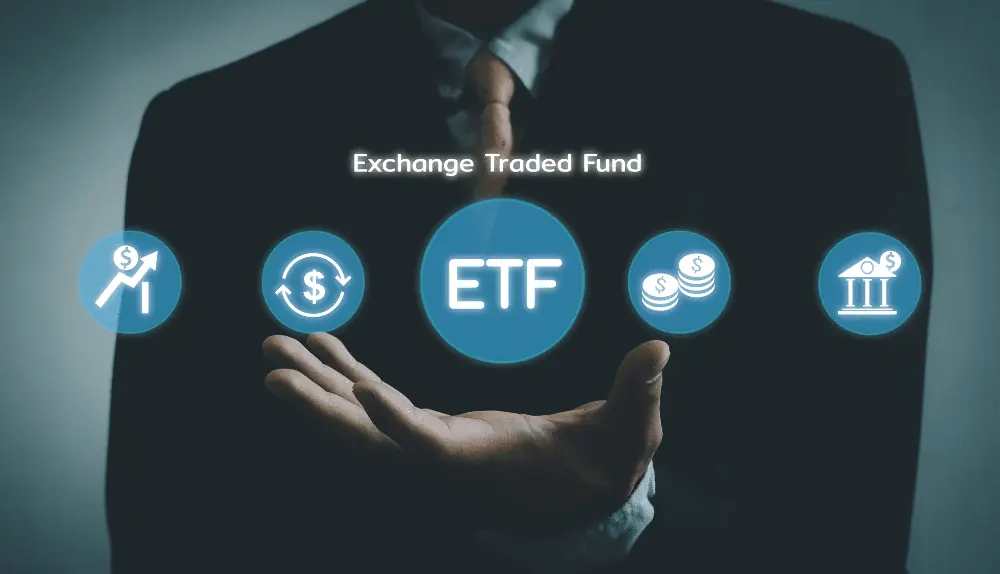For those who are planning to enter the stock market, you should first learn about the stocks and ETFs investment. Buying and selling ETFs is the best way to get into the stock market and become a successful trader. Technology has made it a lot easier and more convenient for people to use this financial instrument for trading.
In this post, we will explain what is an ETF, how ETFs can help make you a better and more successful investor, and some best investment strategies for this financial instrument. Stick around to learn more.
ETF Meaning: What is an ETF Stock?
ETF stands for exchange-traded funds. It is the most prominent and extensively-used investment instrument designed for aspiring or professional investors. The product has many perks and if it’s used wisely, it can be a way for investors to achieve their financial goals more effectively. ETF refers to the securities that can be purchased and sold on stock exchanges. The most common use of the ETFs is in building diversified investment portfolios.
Just like stocks, the ETFs are traded throughout the day at varying rates that keep changing based on the market demand and supply factors. Let’s understand the difference between stocks and ETFs.
What are Stocks?
If you are in the investment industry, you must already be familiar with the stocks. These are the portion of the company put on the exchange market. For example, New York’s stock exchange market is one of the most popular stock exchanges in the world. When you hear someone say the “stock market was strong”, they are talking about the index. The index shows the current trend in the stock market.
What are ETFs and How are they Different from Stocks?
A single investment in the ETFs can help diversify your portfolio, as these stocks contain a combination of different financial instruments, including stocks, mutual funds, bonds, and commodities. Another common reason why ETFs are widely used by investors is that they are easy to purchase and sell. You can trade ETFs with the help of an online brokerage company without having to hire a full-time service broker.
The fractional investing concept has made ETF easily accessible to the general public interested in stock trading. You can find a plethora of ETF trading apps that not only allow you to find different types of exchange-traded funds but these apps are designed to allow you to compare different ETFs and choose a product available at the lowest price.
Stocks and ETFs are traded on stock exchanges, so both have a few similarities. The major difference between stock and ETFs is that stocks are the shares of an individual company. ETFs, on the other hand, is a bundle of shares from different companies. This financial instrument is not limited to the stocks of a particular company.
Types of ETFs

ETFs are available in different types and sizes, each offering a unique value to the traders. Each ETF comes with a certain investment focus. Here are a few popular types of exchange-traded funds you should know about:
- Niche Passive Equity: Niche equity ETFs are focused on the stocks from the same industry or those following a similar theme. The niche passive equity funds follow the subsets of the main indexes, in order to help traders improve and diversify their portfolios.
- Active Equity ETFs: Active equity is totally different from the above-mentioned investment strategies. In the active equity ETFs, the goal is to allow investors to invest in any asset that could beat the index’s performance. It does not track the index, instead, the active equity ETFs are designed to beat these indexes.
- Diversified Passive Equity: These ETFs are designed to follow popular indexes, such as S&P 500 and the Dow Jones Industrial Average. Basically, these are index-based exchange-traded funds.
- Fixed-Income ETFs: These are for investors looking to invest in bonds, instead of stocks. Just like bond investments, fixed-income ETFs offer you a stable investment portfolio. If you don’t want to bear the risk of the stock investment, you can get yourself the fixed-income ETFs. These products pay you a fixed amount of dividends and interest. These are mostly recommended for investors who want a fixed source of income from their ETF investments.
These were only to list a few. There are quite a few types of exchange-traded funds that involve different financial instruments. Examples include the commodity ETFs that involve tracking the commodities, such as gold, oil, and fuel. Then, there is foreign market ETFs that help you track the non-US stock markets.
How Does the ETF Work?

You can buy ETFs as soon as the stock market open, usually in the daytime. Just like stocks and other investment options, you can easily track the price of the ETF throughout the day. Note that the number of shares held in the ETF never remains the same. It changes multiple times throughout the day since the new shares keep emerging with the existing ones getting redeemed.
The prices of the ETFs are often aligned with the underlying securities since these financial instruments are redeemed continuously throughout the day. Even though these financial instruments are designed for individual investors, institutional traders play an integral part in ensuring the stability and integrity of these shares.
The Benefits of ETFs
The biggest advantage of buying the ETFs is that they are available for purchase and sale throughout the day, at any hour. Stocks, on the other hand, can be bought and sold at certain hours of the day. So, easy accessibility is the biggest benefit of exchange-traded funds. They also offer the highest level of transparency.
In addition, these financial instruments are for investors who want to diversify their investment portfolios. Not only does it offer better liquidity, but these instruments increase your financial stability and provide you with better exposure to the investment market. So, that was all about ETF trading. Hope you have understood what ETF means and how you can use this financial instrument to diversify your investment portfolio.

